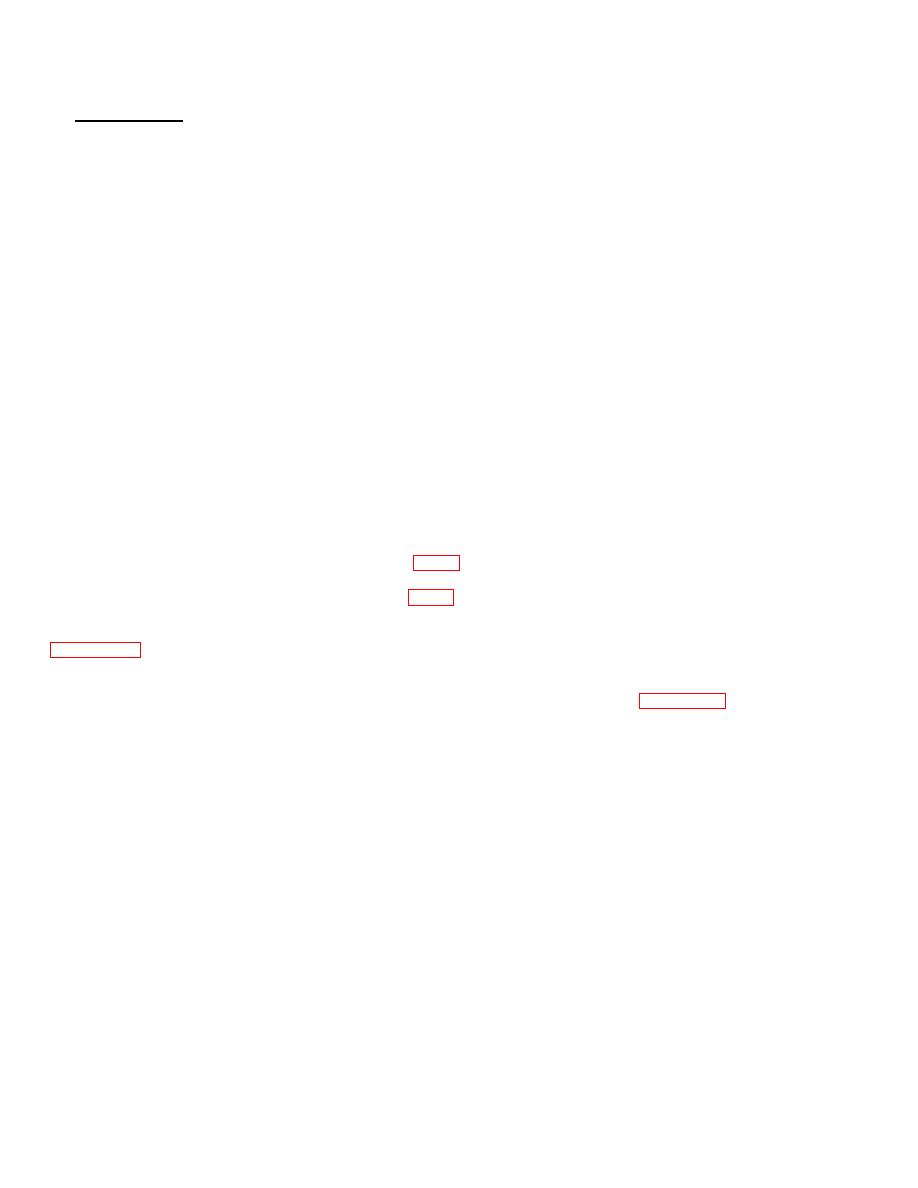 |
|||
|
|
|||
|
|
|||
| ||||||||||
|
|
 TB 9-289
6. LEAK TESTING
NOTE
Either a new or used gasket in serviceable condition may be used during testing.
Do not use a gasket with breaks, cracks, flaking or permanent deformation.
a. Install sealing gasket as specified in the TDP in closure flange, lower half of container.
NOTE
Decals are attached to the inside of Type I container and on the outside of Type II
containers.
b. Install upper half on lower half of container and secure in place with bolts, washers and nuts. Torque nuts as
specified on installation decal.
c. Fit either desiccant port or humidity indicator hole with compressed air source and plug unused hole prior to
CAUTION
Equip compressed air source with water separator (4940-00-242-4100) MIL-S-
12928F) or equivalent.
d. Pressurize Type I container to 10 +/- 1/2 psi. (Fig. 5)
e. Pressurize Type II container to 3 +/- 1/2 psi. (Fig. 6)
f. Immerse container in water. Evidence of air bubbles due to air leaks will be cause for rejection and rework. (See
paragraph 5.c.)
g. As an alternative test, pressurize cont ainers as in paragraphs c. and d. above and let it stand for 12 hours. A
pressure drop of 1/2 psi over the 12 hours will be a cause of rejection and rework. (See paragraph 5.c.)
9
|
|
Privacy Statement - Press Release - Copyright Information. - Contact Us |